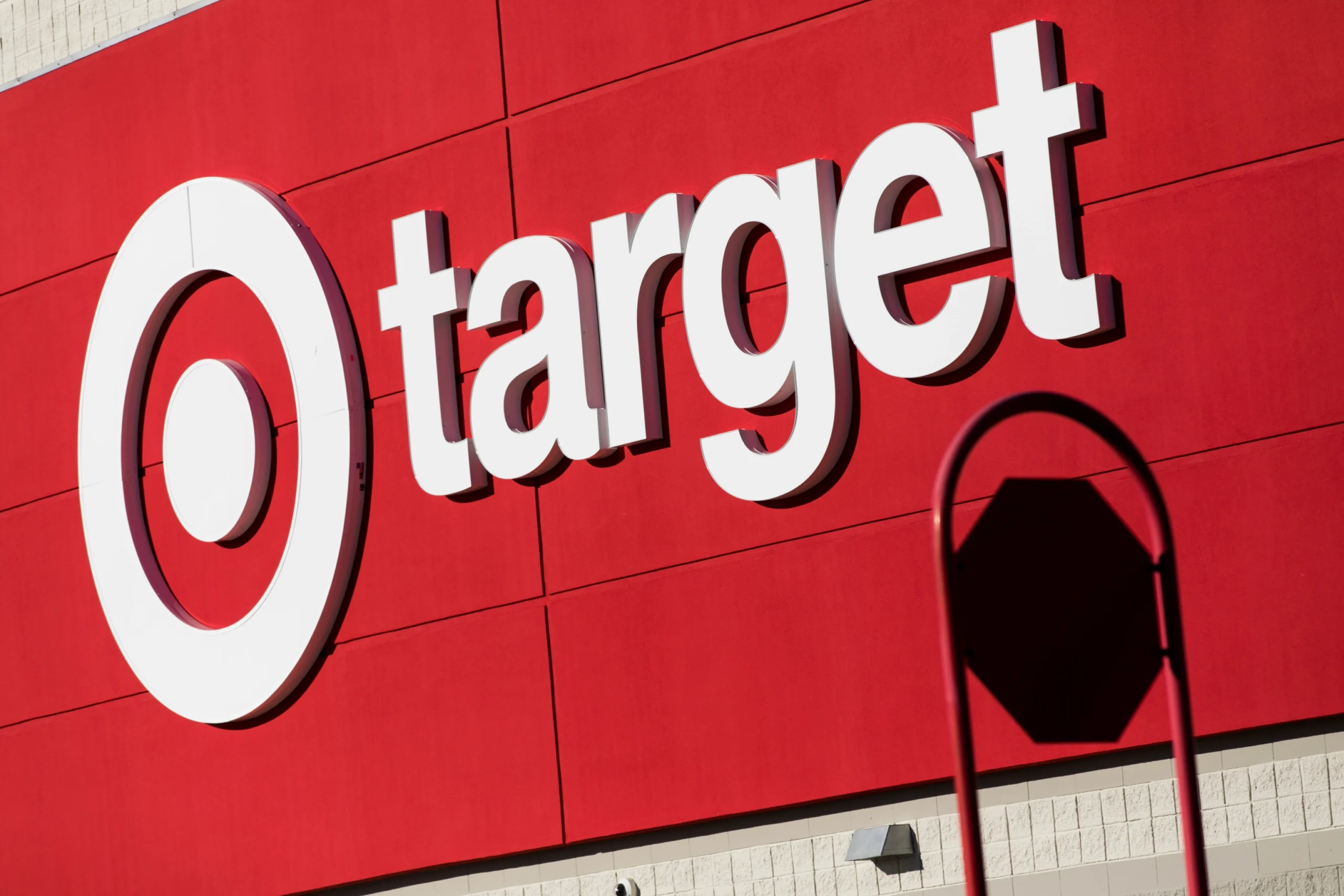The rise of e-commerce has been a game changer for retail product businesses. No longer are brick-and-mortar stores the only option for selling products. Online marketplaces have opened a world of new opportunities – but they’ve also created some challenges.
In this blog post, we’ll take a look at the impact of e-commerce on product distribution. We’ll explore the pros and cons of selling online, and offer some tips on how to make e-commerce work for your product brand.
E-Commerce Is on the Rise
E-commerce is on the rise, and product brands are taking notice. Retailers are increasingly turning to online platforms to sell their wares, and product brands are following suit. By establishing an online presence, product brands can reach a wider audience and tap into new markets. Moreover, this surge has had profound implications for product distribution strategies. The COVID-19 pandemic also acted as a catalyst, accelerating the shift towards online shopping.
In addition, e-commerce provides a more efficient way to sell and distribute products. With e-commerce, product brands can bypass traditional retail channels and reach consumers directly. As a result, e-commerce is becoming an increasingly important part of the product brand landscape.
This sudden rise in e-commerce activity has placed new demands on logistics and supply chain management, emphasizing the need for more agile and responsive distribution models.
The Impact on Product Distribution
The way product brands are distributed has changed a lot over the years. In the past, product brands were only available through brick-and-mortar retail outlets. However, with the advent of the internet, product brands can now be sold through a variety of online channels. This has had a major impact on product distribution. Many product brands are now available exclusively online, and brick-and-mortar retailers are struggling to compete. As a result, product distribution is becoming more and more centralized. This is having a profound impact on the retail industry, and it is likely that this trend will continue in the future.
The Pros and Cons of E-Commerce for Product Distribution
When it comes to product distribution, e-commerce offers both advantages and disadvantages. On the plus side, e-commerce provides a convenient way for customers to purchase products without having to visit a brick-and-mortar store. In addition, it gives product brands greater control over their product distribution, as they can sell directly to customers without going through a third party such as a retailer. However, there are also some drawbacks to e-commerce. For example, product branding can be more difficult online, as customers cannot physically see or touch the product before making a purchase. In addition, shipping costs can eat into profits, and product returns can be costly and time-consuming. As a result, e-commerce is not right for every product brand. But for those who are able to overcome these challenges, it can be an effective way to reach customers and grow sales.
Adapting Distribution Centers for E-Commerce Demands
- From Bulk to Individual Orders: Traditional distribution centers, once designed for bulk orders, are now transforming to accommodate the e-commerce trend of individual and smaller orders. This shift necessitates a relook into logistics strategies and warehouse operations to handle a diverse range of products and order sizes.
- Omnichannel Distribution: The rise of e-commerce has led to the emergence of omnichannel distribution strategies. Distribution centers must now efficiently manage a variety of SKUs and offer multiple fulfillment options, including direct-to-customer deliveries and “buy online, pick up in-store” services.
How to Make E-Commerce Work for Your Retail Product Business
As a product-based retail business, you likely know that selling online is a great way to reach more customers and boost your sales. But what you might not realize is that e-commerce can also be a powerful tool for building your brand and differentiating your product from the competition.
Here are a few ways to make e-commerce work for your product brand:
- Use high-quality product photos. Your product photos are often the first thing potential customers will see, so make sure they’re sharp, and well-lit, and showcase your product in the best possible light.
- Write compelling product descriptions. In addition to providing key information about your product, your product descriptions are also an opportunity to tell your brand’s story and highlight what makes your product unique.
- Offer stellar customer service. Providing exceptional customer service is always important, but it’s especially crucial when selling online. Make sure you’re responsive to customer inquiries and issues, and go the extra mile to wow your customers.
By following these tips, you can use e-commerce to build a strong product brand that stands out from the competition.
Technological Advancements in Logistics
The integration of automated goods-to-person technology in distribution centers is becoming essential. Automated systems like Automated Storage and Retrieval Systems (AS/RS) enhance efficiency, reduce errors, and optimize labor costs.
Additionally, advanced tracking systems and the use of AI and big data analytics are revolutionizing logistics. These technologies enable real-time package tracking, optimized delivery routes, and improved demand forecasting, leading to more efficient and customer-centric distribution models.
The Balance Between Benefit and Cost in Distribution
- Automating Omnichannel Distribution: Many businesses are exploring ways to automate omnichannel distribution effectively. Combining flexible goods-to-person technology with manual processes can significantly increase productivity and accuracy while reducing labor costs.
- Maximizing Space with High-Density Storage: E-commerce fulfillment often requires storing a wide range of SKUs. High-density automated storage solutions enable distribution centers to maximize space and manage a vast array of products more efficiently.
Customer Demand Driving Distribution Innovation
In an era where customer satisfaction is paramount, meeting the demands of e-commerce has become a critical factor for business growth. Automated distribution technologies facilitate later order cut-off times, faster fulfillment, real-time updates, and accurate product deliveries.
As e-commerce continues to grow, businesses must adapt their distribution strategies to stay competitive. Embracing technological advancements and rethinking traditional distribution models are key to thriving in the evolving digital marketplace.
Conclusion
E-commerce is changing the landscape of product distribution, and retail brands need to adapt to survive. For many product brands, e-commerce provides a more efficient and convenient way to reach customers. But it’s important to remember that e-commerce also comes with its own set of challenges. To make e-commerce work for your retail business, focus on using high-quality product photos, writing compelling product descriptions, and offering stellar customer service. By taking these steps, you can build a strong product brand that thrives in the e-commerce age.
Have you considered launching your product brand in retail? If so, our team at Retailbound can help. Since 2008, we have helped countless product brands launch and grow in the retail space. Contact us today to get more information.
About the Author
Yohan Jacob is the President and Founder of Retailbound. Retailbound is a comprehensive retail channel management consultancy that helps brands launch and scale their products in over 150+ retailers in both the US and Canada. Specializing in bridging the gap between product creators and retailers, Retailbound offers a range of services from retail strategy development, buyer engagement, sales management and channel marketing support. Whether the client is a startup or an established brand, Retailbound provides expert guidance to increase their retail presence, navigate buyer relationships, and drive sales growth both in-store and online.



